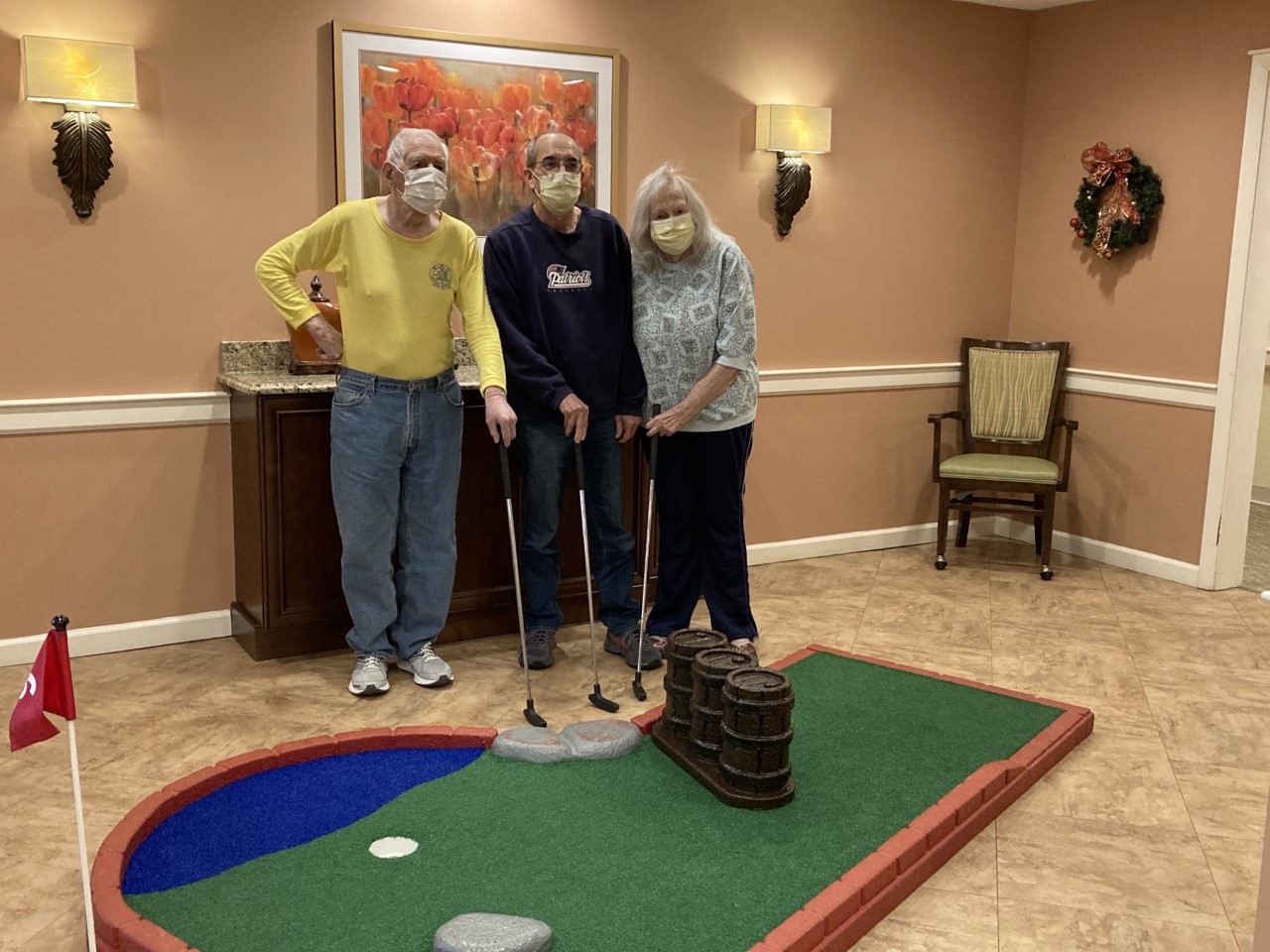Using sensory stimulation therapy helps people with Alzheimer’s disease: everyday objects can trigger positive emotions and memories.
Using everyday objects to stimulate senses can trigger emotions and memories in seniors with Alzheimer’s who have lost their ability to connect with the world around them.
This sensory stimulation can be used strategically to arouse one or more of the five senses (hearing, sight, smell, taste and touch), to evoke positive feelings.
This can help them feel safe and relax and may improve their mood, self-esteem and well-being.
Memories from Objects
Look around your home — most objects supply us with sensory input. Those family photos represent visual memories and expressions of happiness. That pile of old books have the scent of antiquity and a weight and paper delicacy that trigger our sense of touch.
For people with Alzheimer’s disease or dementia, these sensations are a way for to explore a safe, stimulating environment and having the means to express themselves when they can no longer do so with words.
Additionally, by drawing attention to a particular item, sensory stimulation encourages memories and responses from those living with Alzheimer’s or dementia.
Familiar Objects

Sensory stimulation works best with familiar objects — it can be as simple as cooking a familiar tasting or smelling meal that reminds someone of his or her childhood home, painting a room a comforting color or giving a gentle massage. Good sensory cues include:
- familiar foods and clothing
- natural materials, such as flowers
- sensory-rich materials, such as wood grains and grooming and cooking tools
Activities involved in sensory stimulation are often linked to interests the person had prior to dementia, and can help build a connection to everyday life.
According to the Alzheimer’s Association, sensory stimulation activities might include:
- bringing in objects the senior does not normally have around, such as sand, seashells or other items
- giving a hand massage
- taking a short walk
- talking and reading aloud
- providing a change of scenery by taking the senior outdoors
The sensory system – what we see, hear, feel, smell, touch and taste – continuously takes in, processes, and uses data to help us understand and interact with the world. People with Alzheimer’s often have a breakdown in this sensory system, which causes several challenges.
Providing sensory experience can be easy.

First, learn more about the person with dementia. The most important step is to notice what the person is experiencing.
Look for sensory cues. Observe how the person with dementia relates to the world through their senses.
Visual cues
Vision is the preferred way for humans to receive information. As dementia progresses in a person, it affects the brain’s occipital lobe, impacting a person’s visual field and depth perception.
As a result, an Alzheimer’s patient can’t take in all the visual cues we use to understand our environment. Thus they may not know you are sitting next to them.
Auditory cues
You can also observe auditory cues. What does the person respond to when you speak? Do they hear you? Did they actually process what you said? Are they giving you a response that suggests they understand?
Creating a Sensory Experience for Alzheimer’s Patients
When you’re ready to create a sensory experience for your loved one with Alzheimer’s, consider the person’s interests and experiences they had earlier in life.
For example, did they spend summers in Cape Cod? We’ll use that as our example theme.
Gather items that stimulate the five senses:
Sight
Present laminated photos of Cape Cod beaches, or familiar landmarks and restaurants.
Sound
Play sounds of the beach through a sound machine, computer, or phone.
Touch
Offer a bowl or bin filled with sand and shells.
Smell
Ignite a scented candle or scent diffuser with aroma of sun tan oil.
Taste
Share food they may have enjoyed in Cape Cod, like clam chowder or iced tea.
Remember: as you’re providing foods, remember that high blood pressure may be linked to dementia.
Memories bring smiles.
When you create a sensory experience, sit close to make sure the person can see and hear you.
Allow the person to explore and experience each item. Talk about the theme with a few simple words that will trigger their memories — allow the memories to surface and the smiles to emerge.
A person living with dementia experiences their surroundings differently and this impacts their behavior, communication, and relationships with others.
Everyone wants to age with dignity, even in crisis. Dementia and Alzheimer’s Disease can be significant hurdles toward that goal.
If we truly understand their experiences, we can support and care for them in ways that make more sense, which can improve their relationships, set realistic goals for care interactions, and give the them a greater sense of personal dignity.




